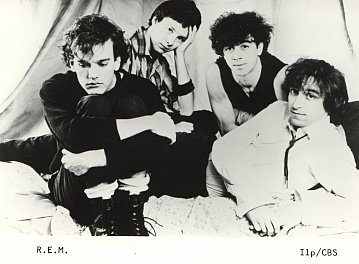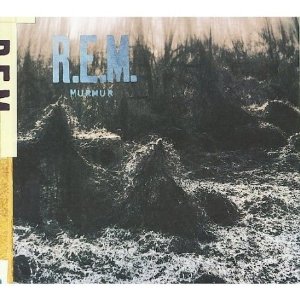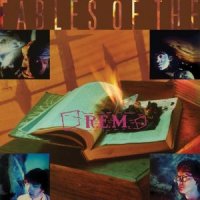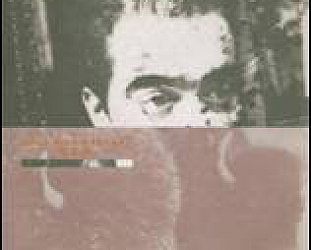Graham Reid | | 3 min read

When R.E.M sneaked up in the early 80s
with their debut album Murmur, few could have anticipated what
the band meant – and would become.
Just as Talking Heads had become the
banner-waver for emotionally distant New York art-rock a few years
previous, R.E.M were the band which announced college rock radio
could be as influential as mainstream stations. And that “alternative
rock” in the age of Michael Jackson's Thriller, Bowie's
Let's Dance and stadium fillers such as ZZ Top, Bruce
Springsteen and Tina Turner was a genre of itself.
Murmur in 83 came with an
appropriate title: few could clearly decipher Michael Stipe's words
in many songs but his weary delivery (“not everyone can carry the
weight of the world”) was seductive, especially when set against
the gentle guitar jangle of Peter Buck's guitar.
Critics would reference the Byrds on
songs like Sitting Still and
Shaking Through, but for R.E.M's audience that late 60s band was
either ancient history or unfamiliar. R.E.M – out of the university
town of Athens, Georgia – existed in a world of their own.
In a music environment cluttered with
synth-rock – Duran Duran, the Thompson Twins, Wham! – R.E.M's
stripped back, frill-free guitar sound was distinctive, and even now
Murmur, with its tired ballads (the sleepy Perfect Circle)
and pure pop (We Walk) sounds timeless, as if never part of
the music world into which it had arrived.
It feels slightly strange (Stipe's
lyrics were oblique) and even the cover – of the notoriously
fast-growing kudzu grass, “the plant that ate the South” –
looks eerie and otherworldly. They also had a track listing on the
cover which didn't match the running order on the record.
R.E.M were willfully mysterious at a
time when people were being handed music in ready-to-use servings.
You had to take your time with them.
By Reckoning the following year
R.E.M were honing their sound: Don't Go Back to Rockville and
Pretty Persuasion could have
slotted onto mainstream radio, although didn't. Reviews were even
more favourable than those which greeted Murmur but
by 80s standards (Springsteen's
Born in the U.S.A that year sold
30 million) the album
remained a small seller – which worked for R.E.M's reputation as
not being acceptable to mainstream listeners.
That
status was enhanced by “outsider” artist Howard Finster's cover
(from a drawing by Stipe) and the general moodiness of the music.
By the more lyrically obscure but
fascinating Fables of the Reconstruction the following year –
recorded in London with British folk-rock producer Joe Boyd – R.E.M
were college-rock favourites and leading the way for indie bands such
as the Replacements and Buffalo Tom, artists like Peter Case, and
paving a path for Flying Nun into US college radio.
By the end of the 80s R.E.M had been
widely embraced, were signed to the major label Warners and their
albums were topping the charts.
But R.E.M's first three albums were arguably their best, and have been reissued in beautifully expanded editions: Murmur with an extra disc of a taut, urgent gig recorded in a small Canadian club shortly after the album's release; Reckoning has an extra disc of a previously unreleased radio broadcast of a Chicago concert (opening with the Velvet Underground's Femme Fatale); and Fables of the Reconstruction (in a box) includes a disc of their excellent, spare demos in Athens before the London recording sessions.
And although you can hear the words . .
.
“To give away everything is never
good,” Stipe once said.
A little mystery always works.







post a comment